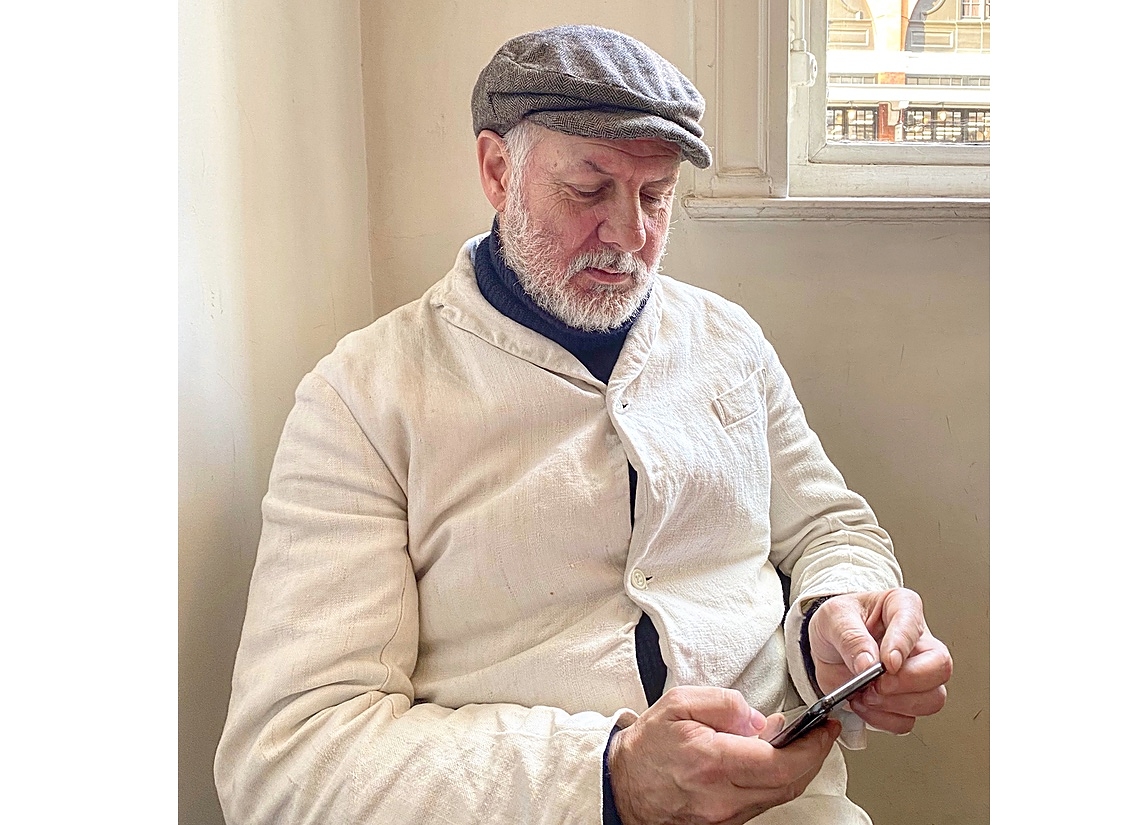
Location Owner Robert Shackleton is one of the most experienced members of the Light Location family. Beginning in the business over 30 years ago, Robert currently has two location houses – Princelet Street in Spitalfields and Drift End in Suffolk.
Both of Roberts location properties are wonderful examples of rustic interiors. And they mirror his love of the past, which Robert carries through to his life as an antique dealer and collector.
We caught up with Robert to tell us more about his intriguing properties, his love for history and to share tips for budding location owners.
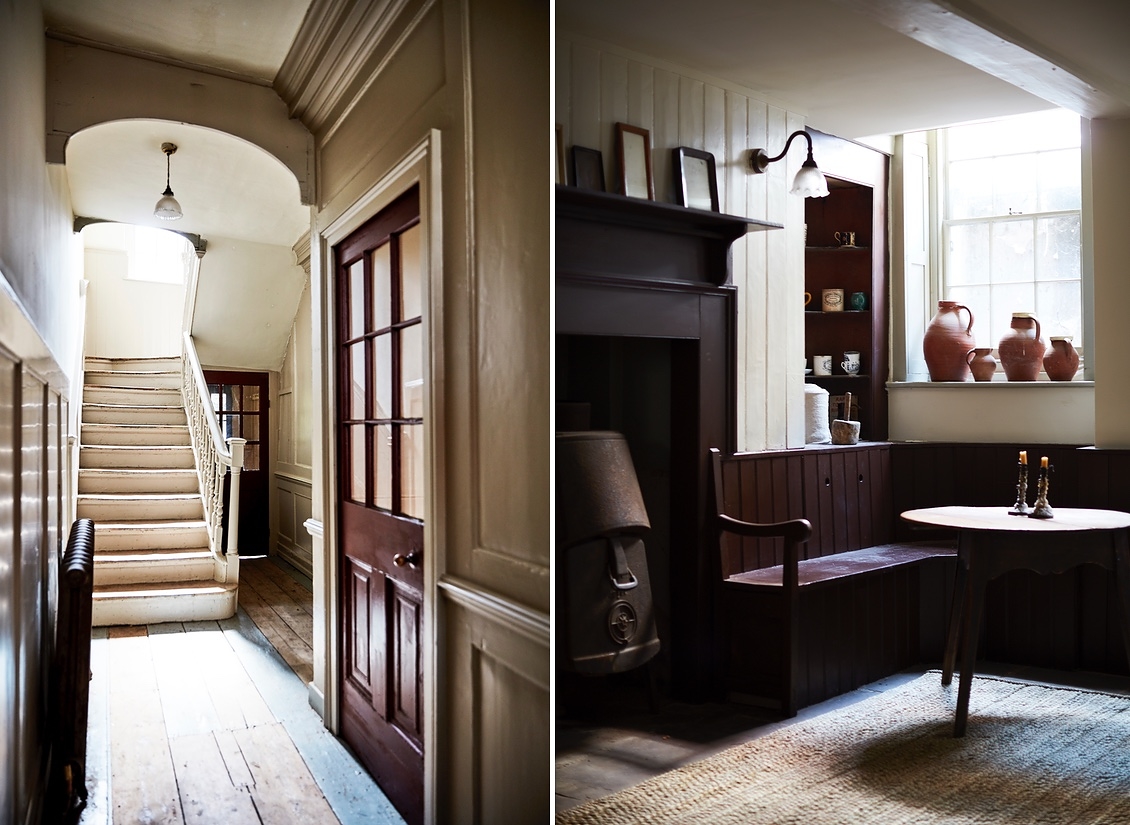
It’s not really possible to make a plan for the forthcoming week concerning the hire of the location houses.
Sometimes you know well in advance that shoots are happening; other times, things can be very last minute. And then things get cancelled, seemingly out of the blue.
So you get used to juggling and spinning many plates. But the bottom line is, somehow, that you probably need to be in two places at the same time – or at least, to the client, appear that you are there and that you are prioritising their shoot.
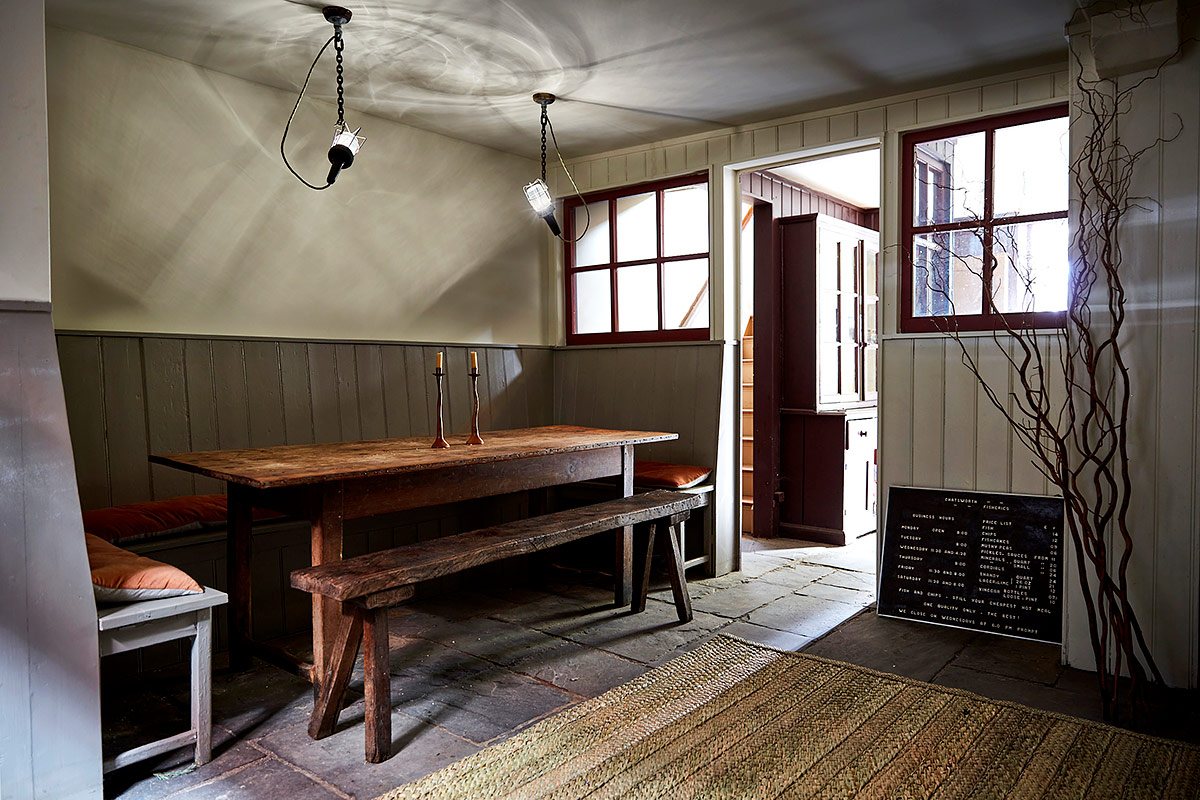
Living in two places certainly gives you the best of both worlds (and, occasionally, the worst).
Being in London means you feel like you are on call for client visits at short notice, whilst in Suffolk, things tend to be more planned in that regard.
I’ve lived between two homes for nearly 20 years so for me it’s become a way of life. The journey between places becomes part of the process and gives space to think and engage with which property one’s heading toward whilst disengaging from the other.
On balance, Spitalfields is my true ‘home’ whilst Suffolk is an eagerly anticipated train journey to a different place.
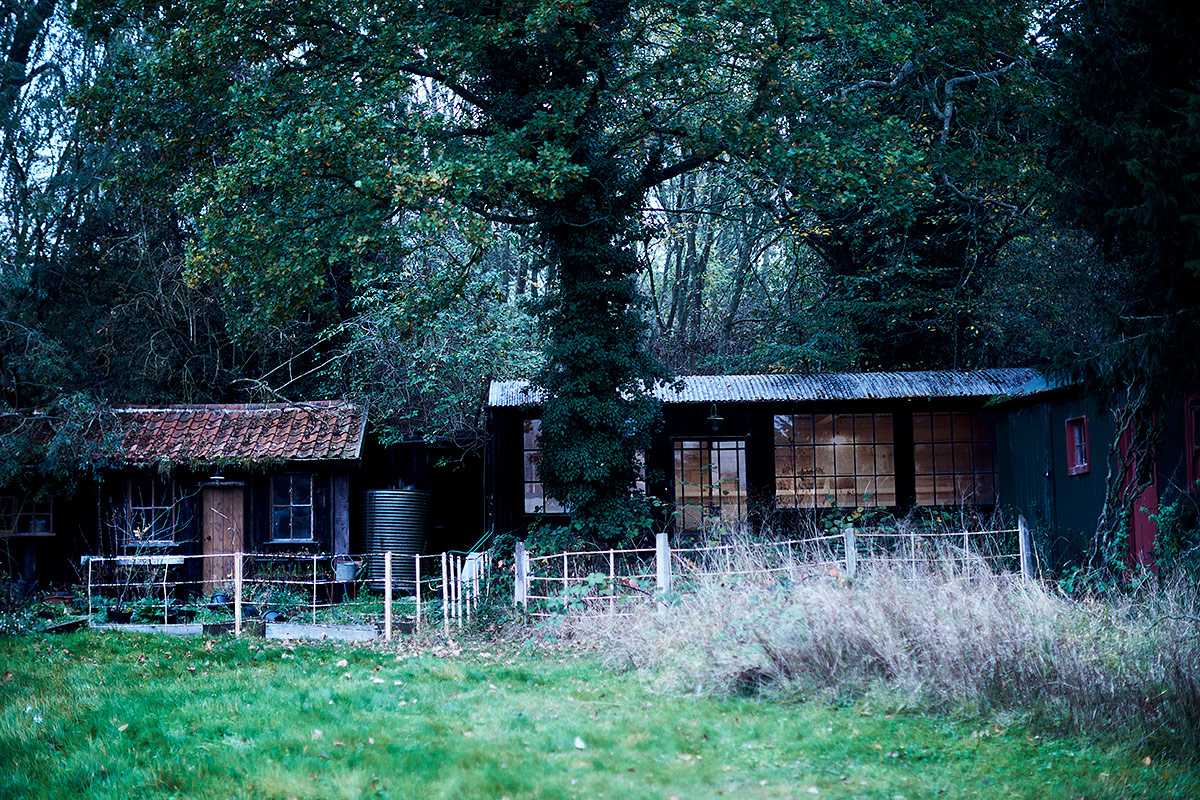
Princelet Street was built in 1725 and was originally built for a wealthy merchant. At that time, Spitalfields was a thriving trade area trade due to its position on the outside edge of the walls of the City of London.
Over the next 250 years, the area saw booms and declines. And as a result, it saw waves of immigration come into the area and then leave, almost overnight. Huguenot, Irish, Jewish, Bangladeshi, Somali and now ‘New Georgians’ brought their specialist crafts and beliefs into a melting pot.
The large merchant houses fell into decline, yet remarkably their interiors remained intact. The buildings changed from homes into factories, storerooms, sweatshops and brothels. But no one needed to ‘modernise’ the original wood-panelled rooms. So they mainly survived intact and with a sense of social history very apparent as a consequence.
Drift End in Suffolk was built around 1450 and is known as a Suffolk Long House – it was originally a hall house with a double-height hall at its core. Still, alterations and fashions meant changes to the fabric of the house, which are hard to date. There are now many interconnecting rooms on all levels with original building materials throughout the building.
Apart from exposing the originality of the fabric of the building, my main intervention has been the discreet installation of underfloor heating to bolster the original working fireplaces.
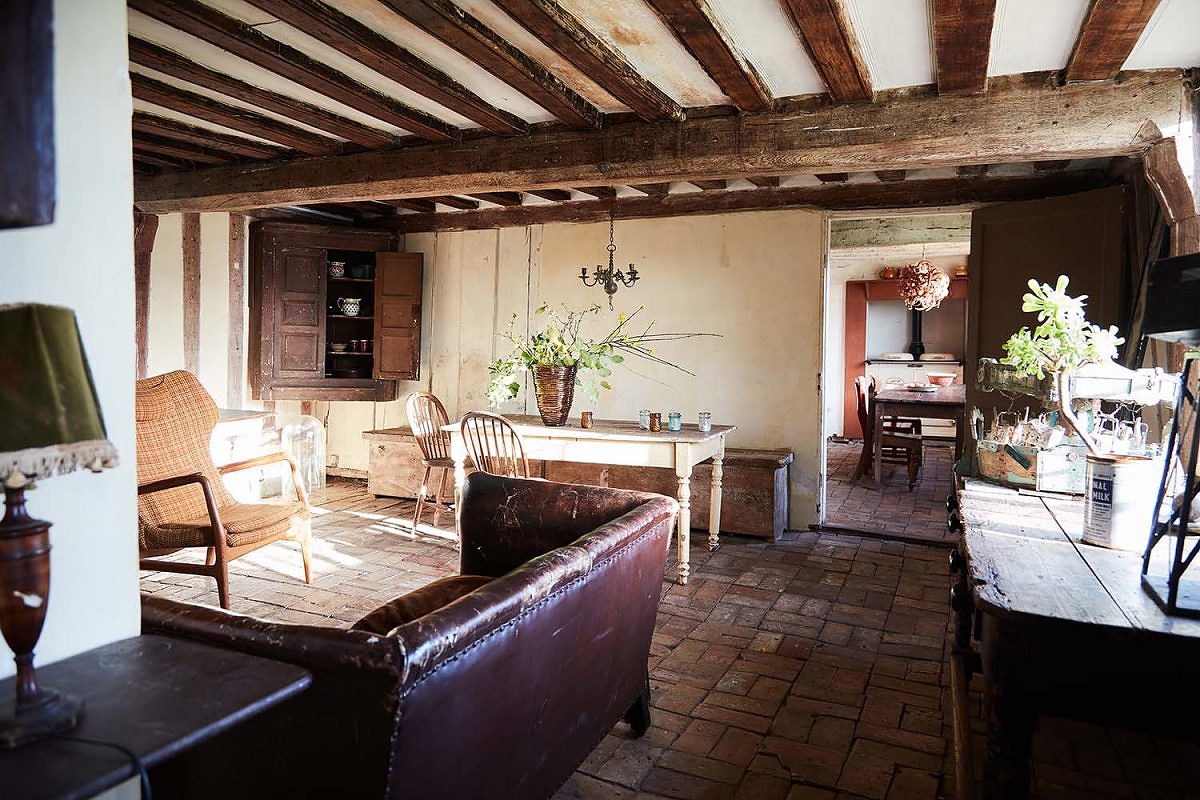
Some of the outbuildings have been there from the time Drift End was built. But the majority have been added over time, including the brick-walled garden and bothy, which was previously a scrappy vegetable patch. These buildings were added with shoots in mind, so they vary in size and internal finishes and have been designed to catch the natural light.
Whilst they were added later, they are in keeping with their natural setting. So hopefully, they look as if they’ve always been there. Some are heated with open fires or stoves, and others benefit from underfloor heating. The latter was a labour of love, but it’s been well worth it for shoots that take place in the colder months.
The house is used a lot from April to August by fashion companies shooting their Autumn and Winter clothing ranges. And they like to use the wildflower meadows, which are at their best at that time. Some areas of the garden already look autumnal such as the shady areas with ferns and conifer plantings or the wooded areas with fallen boughs. But they cultivate other spots to look autumnal even though it’s summer. For example, the meadows are cut, protective matting is put down, and sacks of last year’s dried leaves are brought in and spread around.
Sometimes they even move snow machines in to create a winter wonderland in the middle of August and thirty-degree heat. It’s bonkers but true !!
Georgian architecture, form and proportion are most appealing. But it’s the ever-changing mix and crossovers of different eras that create a layer of social history that intrigues me more. I’d say that’s the main influence in my projects and ‘schemes’.
Again, it’s the mix and juxtaposition of old and contemporary that creates a pleasing tension that is far more satisfying than a National Trust property or a design-led hotel could ever emulate.
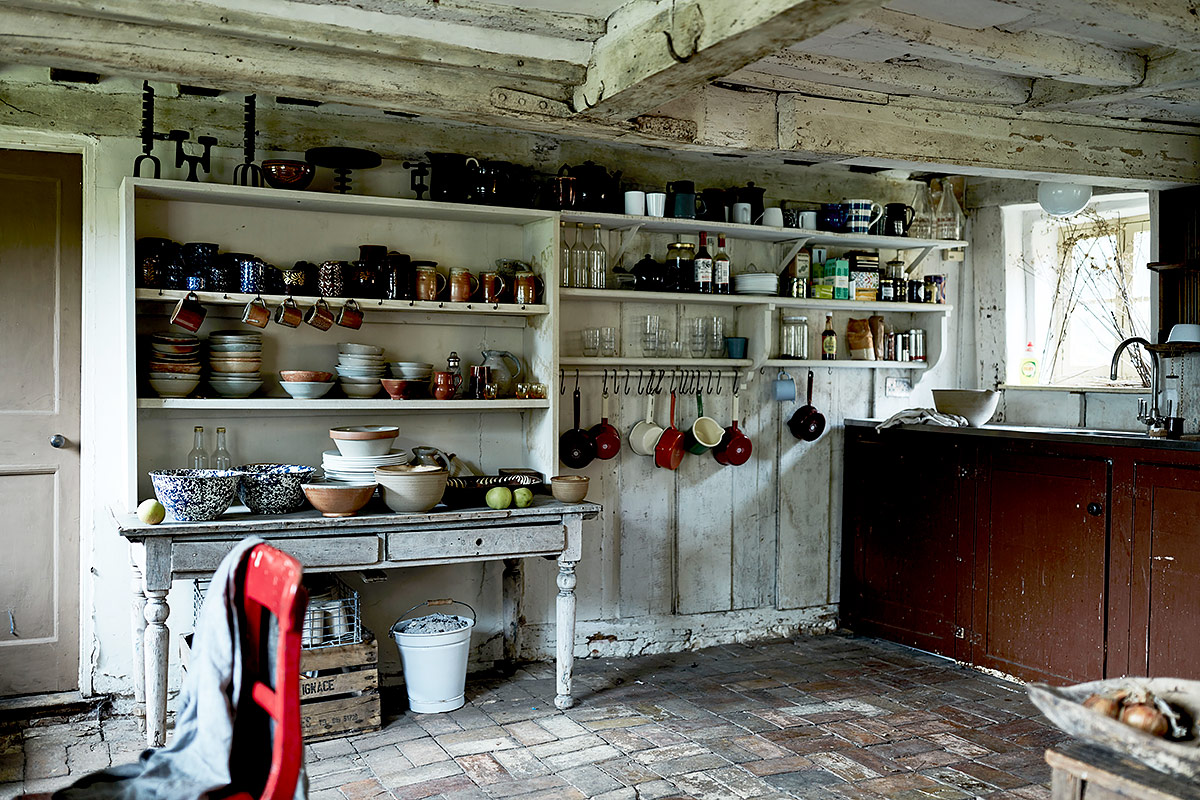
Both houses are curated collections of objects of interest (to me, at least !!). Everything is for sale but nothing has a price tag attached. Christopher Lloyd at his Great Dixter Garden did not allow plant name tags to be attached to plants in the garden insisting, quite rightly in my opinion, that people should not be lazy but should do a bit of research themselves. This makes them more engaged in the process, and they learn little by little.
I buy objects for myself, for whatever reason, and by having fun displaying them throughout the houses I’m happy whether they sell or not – a sale means an excuse to buy something different and that is a reason for change in itself.
30 Years eh..!?… you get less for murder !!
Be yourself and enjoy meeting new people who you would not normally meet.
If you have an open fire then light it half an hour before anyone arrives for a recce or shoot – 99% positive outcome, believe me !!
Keep talking to your neighbours even when they are, unjustly, shouting at you. Don’t give them flowers or chocolates as guilt payments (or £250 !!)
Morning Person
Greek Islands
Cheese
Police Interceptors!
Police Interceptors !!
For more period inspiration take a look at Robert’s Instagram account.
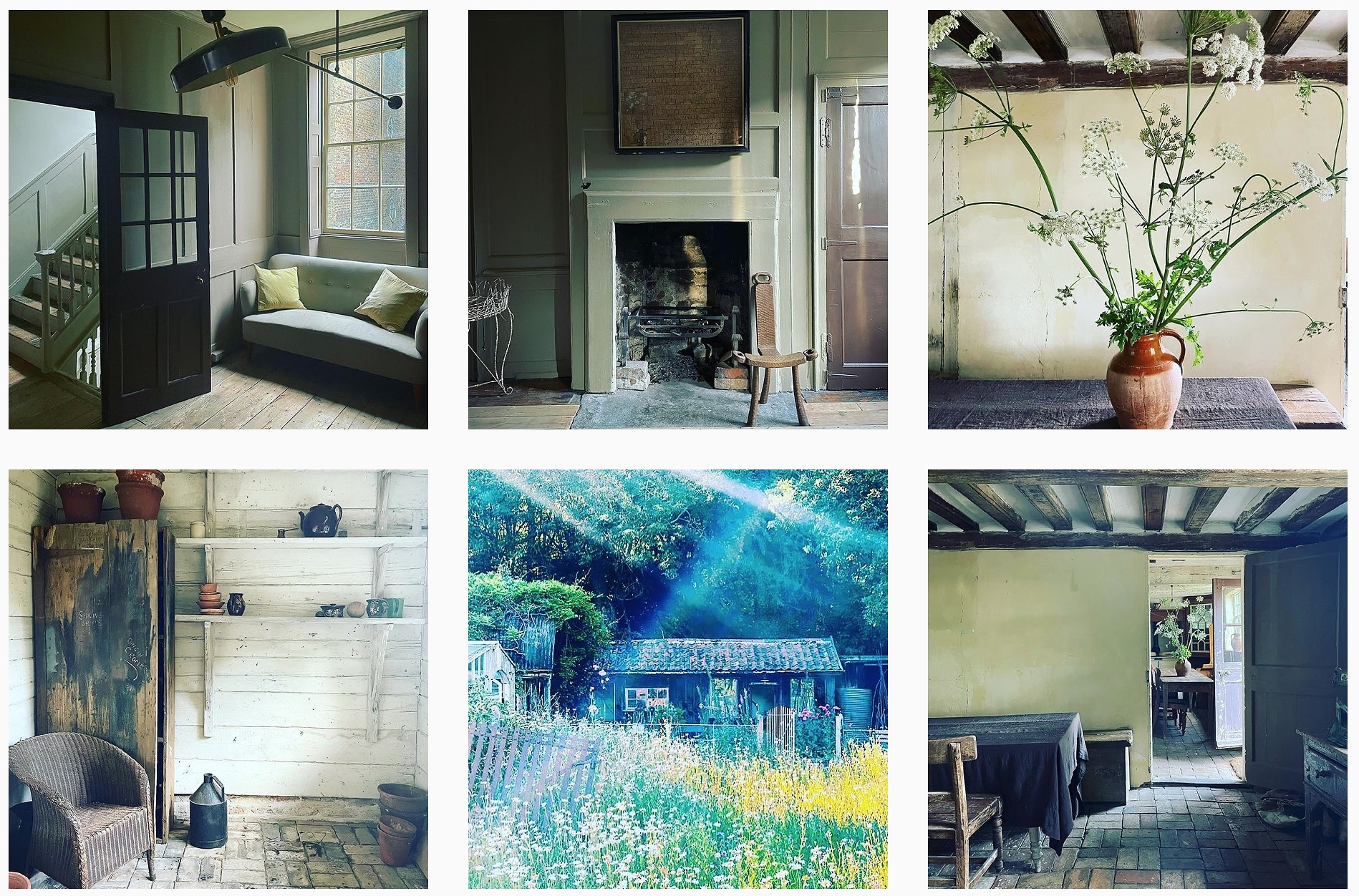
If you are tempted by life as a Location Owner, read more about hiring out your home.
Find about about brilliant brands who recently went on location at Princelet Street